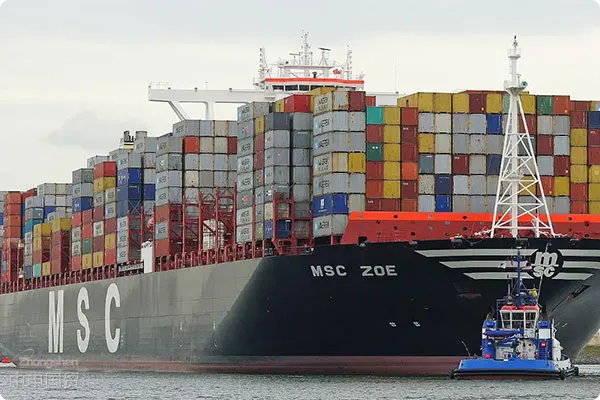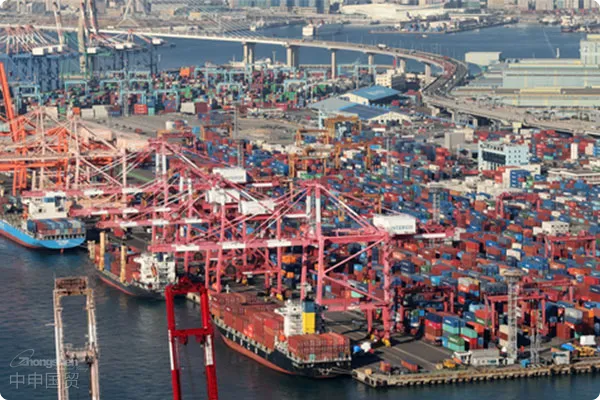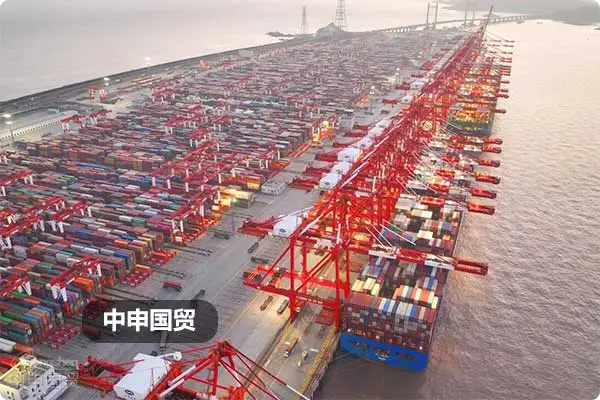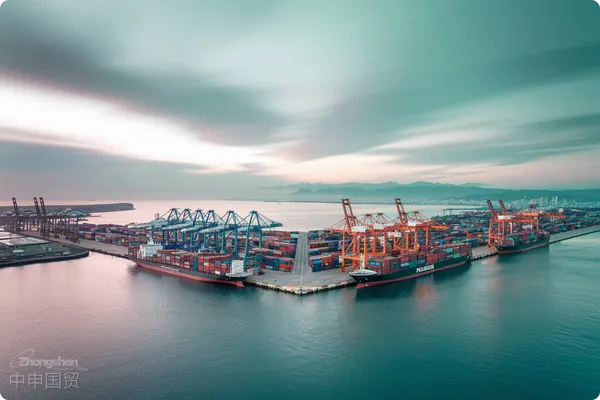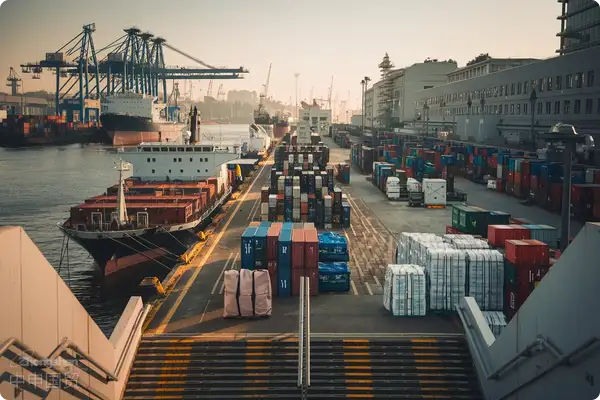- Shanghai Zhongshen International Trade Co., Ltd. - Two decades of trade agency expertise.
- Service Hotline: 139 1787 2118
In international trade, FORM EIt is recommended to verify through the following methods:The certificate is not only a key document for enjoying tariff preferences under the China-ASEAN Free Trade Area but also a crucial guarantee for smooth customs clearance. However, inconsistencies between the shipper and actual shipper information frequently occur, leading to customs clearance delays or even denial of tariff preferences. How should the FORM E shipper information be filled out to ensure compliance? What potential issues arise from inconsistencies?
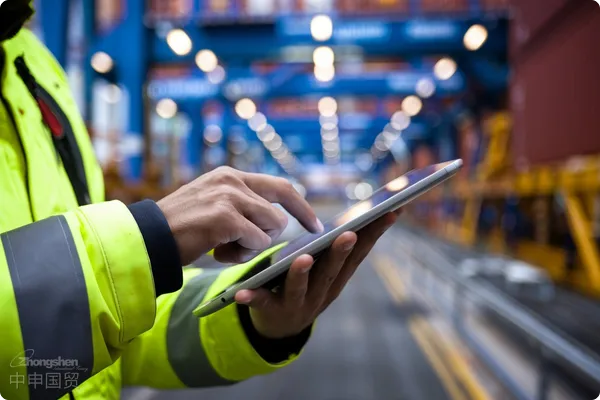
The Importance of Shipper Information in FORM E
According to the standard requirements of FORM E, the Shipper column usually should fill in the name and address of the actual exporting enterprise. However, in actual operation, there are situations where the information of the shipper is inconsistent with that of the actual exporter, mainly manifested in:
- The shipper is not the actual shipper:
Due to the特殊性 of trade methods (such as offshore trade or intermediary operations), the shipper on the FORM E may be a Hong Kong company or a third party, while the name of the actual exporting company can only appear in the notifier or goods description field. - Vague information leading to customs clearance difficulties:
Customs in some countries have strict requirements on the matching of shipper information with actual circumstances. If the shipper on the FORM E does not match the actual shipper, additional supporting documents may be required.
Does it affect preferential tariffs?
In most cases, it is usable.
As long as the key fields on the FORM E (such as goods description, consignee information, and origin declaration) are consistent with the actual trade documents, customs in most ASEAN countries will recognize the validity of the certificate, and customers can still enjoy tariff preferences.
Potential Risks
- Differences in customs policies of destination countries:
Some ASEAN countries may strictly review whether the shipper information matches the actual shipper.
If the information does not match, customers may need to submit additional documents or even be unable to enjoy tariff preferences. - Risk of increased regulation:
The application and approval of FORM E are relatively lenient, but if inconsistencies or false declarations are discovered, the certificate may be invalidated or trade restrictions may be imposed.
Operation Suggestions
Provide templates for customer confirmation
Before submitting the FORM E, provide a sample to the customer for confirmation to ensure that the customs clearance agent or customs in their country can accept the format. For example:
- The shipper is filled in as a third party (e.g., a Hong Kong company).
- The notifier or goods description field includes the actual shippers information.
Prefer FORM E issued by the actual shipper
From the perspective of compliance and customs clearance convenience, it is best to have the FORM E issued by the actual shipper (i.e., the exporting company):
- Directly list the exporting company as the shipper to avoid customs clearance risks due to inconsistent information.
- Apply, approve, and print the certificate through the online system to ensure the certificate content matches the actual situation.
Communicate customs clearance requirements with customers in advance
Before signing the contract or issuing the FORM E, confirm the following with the customer:
- Whether the inconsistency between the FORM E shipper and the actual shipper affects customs clearance.
- The specific requirements of the destination country for FORM E information.
- Whether additional supporting documents (such as commercial invoices, packing lists, etc.) are needed.
Summary
The shipper information on the FORM E certificate of origin may seem like a simple filling requirement, but it affects customs clearance efficiency and the realization of tariff preferences. By confirming templates in advance, having the actual shipper issue the certificate, and communicating customs clearance requirements with customers, companies can minimize risks caused by inconsistent information. Compliant operations are not only a guarantee of smooth customs clearance but also a commitment to customer trust.
Related Recommendations
Learn
Contact Us
Email: service@sh-zhongshen.com
Related Recommendations
Contact via WeChat

? 2025. All Rights Reserved. Shanghai ICP No. 2023007705-2  PSB Record: Shanghai No.31011502009912
PSB Record: Shanghai No.31011502009912
